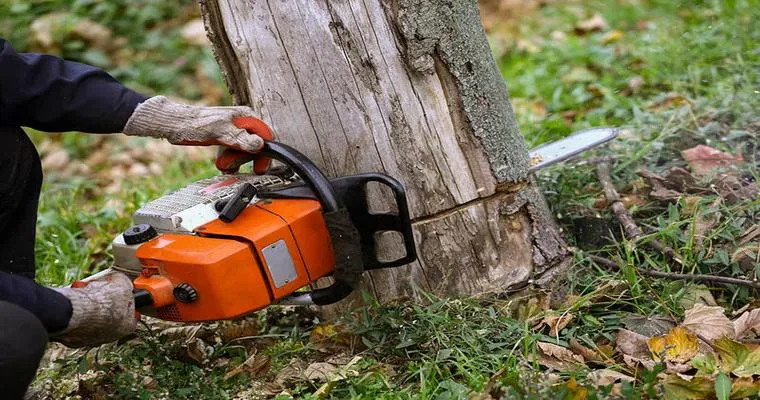Tree removal is a critical process that involves the careful dismantling of trees for various reasons, including safety hazards, disease, or landscaping needs. Understanding the importance of professional "tree removal" services can help homeowners make informed decisions about their properties. Whether you are dealing with a dead tree, a tree that poses a risk to structures, or simply looking to enhance your landscape, knowing when and how to proceed with "tree cutting" is essential for maintaining a safe and beautiful environment.
When to Consider Tree Removal
There are several scenarios where tree removal becomes necessary. Common reasons include:
1. "Diseased Trees": Trees affected by diseases can become weak and pose risks to surrounding trees, plants, and structures. It's crucial to identify diseases early to determine if removal is the best option.
2. "Safety Hazards": Trees that are leaning dangerously or have large branches that may fall can pose significant risks to people and property. Regular inspections can help identify these threats.
3. "Space Constraints": Sometimes, trees may outgrow their space, encroaching on buildings, power lines, or other structures. In such cases, removal may be the best option to avoid future complications.
4. "Aesthetic Reasons": Homeowners may choose to remove trees to improve their landscape design or to allow more sunlight into their gardens.
The Tree Removal Process
The process of tree removal should always be conducted by trained professionals. Here’s what to expect during the "tree removal" process:
1. "Assessment": A professional arborist will assess the tree’s health, location, and surrounding environment to determine the safest removal method.
2. "Planning": The removal team will create a detailed plan that considers factors like the tree’s height, nearby structures, and the direction in which the tree will fall.
3. "Equipment Setup": Specialized equipment such as chainsaws, ropes, and cranes may be used depending on the tree's size and location.
4. "Cutting": The actual cutting process involves making precise cuts to control the direction of the fall. For larger trees, professionals may use techniques such as notch cutting and felling to ensure safety.
5. "Stump Removal": After the tree is down, the stump can be removed through grinding or excavation, depending on the homeowner's preference.
Post-Removal Considerations
After a tree has been removed, there are several follow-up considerations:
"Stump Grinding": This process eliminates the stump and roots, allowing for replanting or landscaping in that area.
"Landscaping": With the tree gone, homeowners can consider planting a new tree or redesigning their landscape to enhance aesthetics.
"Regular Maintenance": To prevent future issues, regular tree health inspections and maintenance for remaining trees are recommended.
Conclusion
Tree removal is a significant undertaking that requires expertise and careful planning. Whether due to safety concerns, disease, or aesthetic choices, knowing when and how to proceed with "tree cutting" can make a considerable difference in maintaining your property. Always consult with professional "tree removal" services to ensure a safe and efficient process, keeping your landscape healthy and beautiful for years to come.





